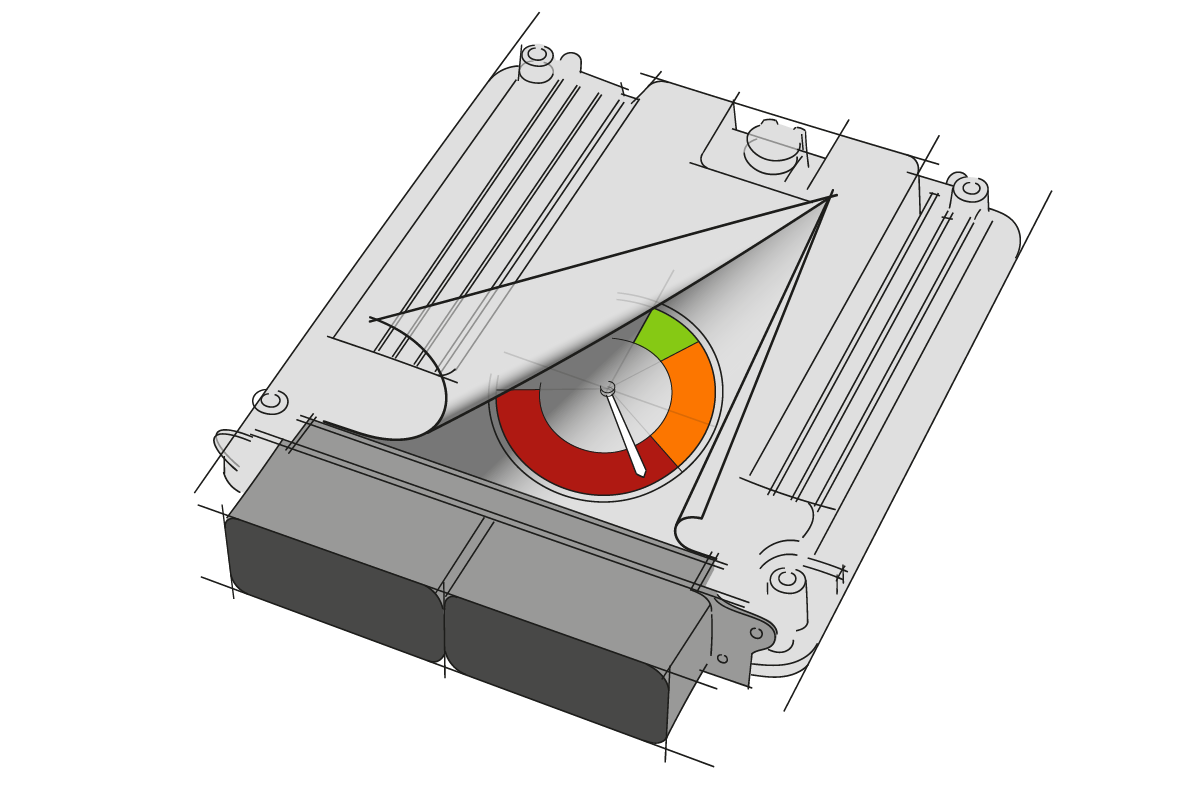Tighten Your ECU
Requirements Documentation
Nail down your ECU’s timing requirements, streamline requirement tracking, and improve consistency. Mitigate risks associated with non-compliance and system failures.
For OEMs and Tier 1 suppliers.
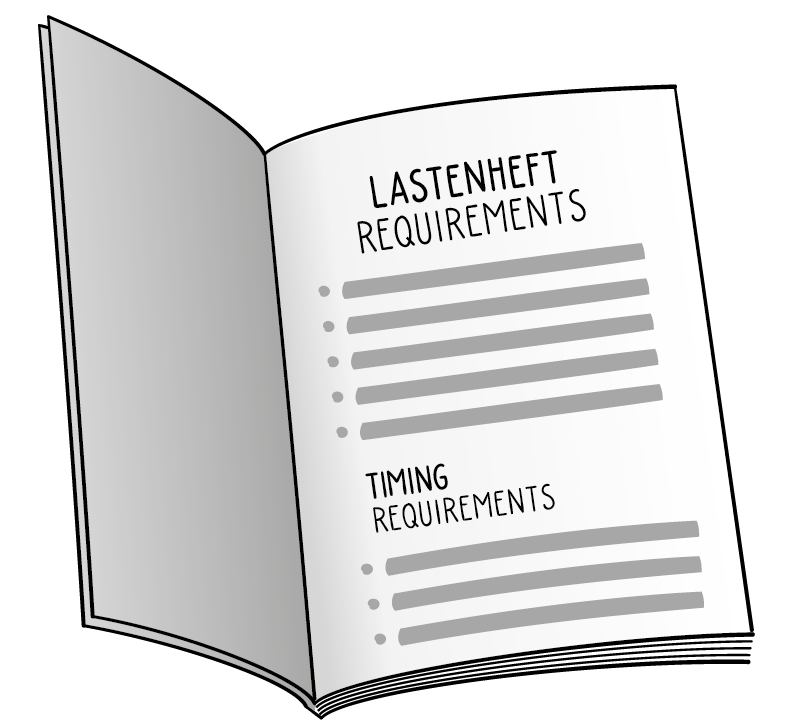
Tighten Your ECU
Requirements Documentation
We would be happy to send you further information.
Requirements Engineering
Offering comprehensive assistance in defining, analyzing, and validating timing and performance requirements, this INCHRON service is crucial to the success of our automotive software customers. Used primarily by OEMs and Tier 1 suppliers, it heightens awareness for timing and event chains using common language across shared documentation and processes.
This approach helps our customers mitigate risk in today’s increasingly complex ECU projects, improve system reliability, and achieve compliance with industry best practices and standards. It also improves communication between contributors of today’s advanced automotive software projects.
Working alongside INCHRON’s expert engineering team, customers also optimize the utilization of their resources and minimize wasted problem-resolution effort. The resulting efficiencies and improvements deliver a leadership competitive advantage in the automotive industry.
USE CASE
Supporting OEMs’ Requirements
USE CASE
Tightening Requirements for Tier 1s
USE CASE
Requirements as the basis for every development stage
USE CASE
ECU Performance Monitoring
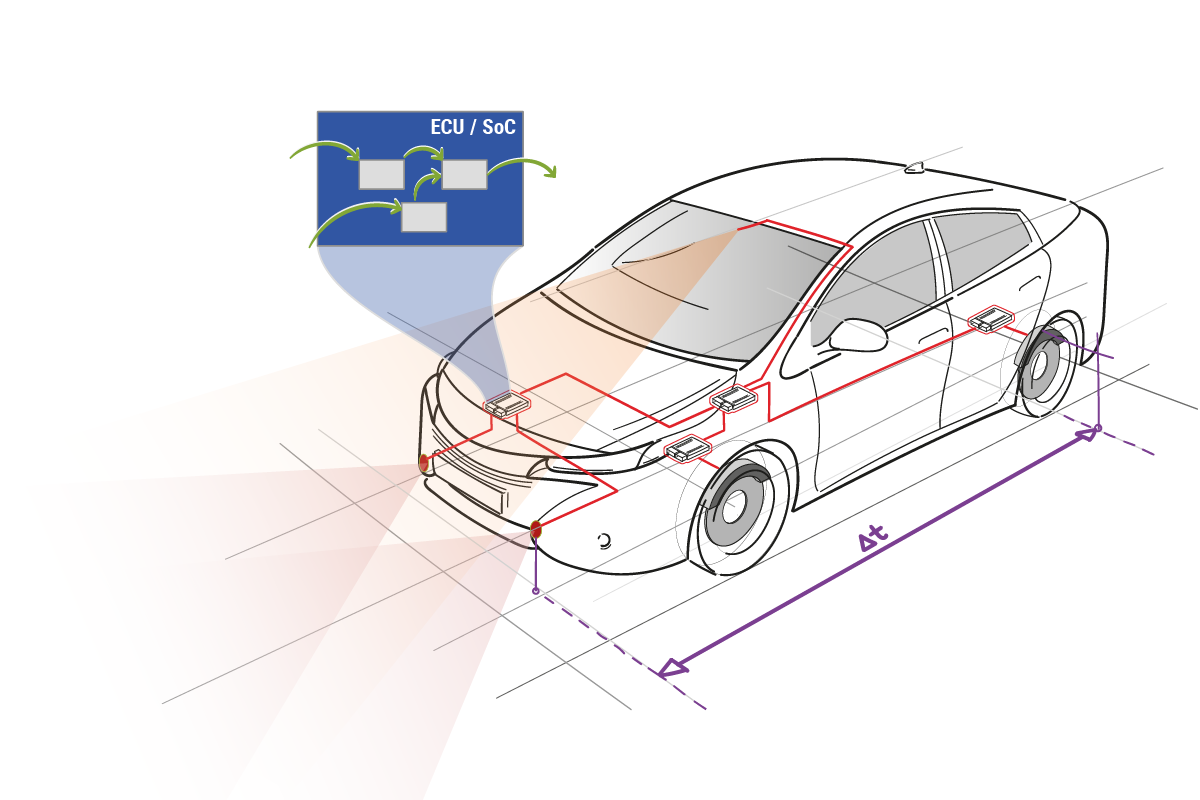
Supporting OEMs’ Requirements
Clear OEM requirements are arguably the most critical element for the success of today’s software-dependent vehicles. With a view of the entire vehicle and understanding what customers expect, OEM’s requirements documents must be clear and free from ambiguity.
This requires care and consideration when breaking the documentation down into what is expected from each Tier 1 supplier’s contribution. INCHRON’s engineering team helps ensure that the imperative low-level expectations are provided without forgetting the bigger, high-level system picture, especially with respect to timing requirements.
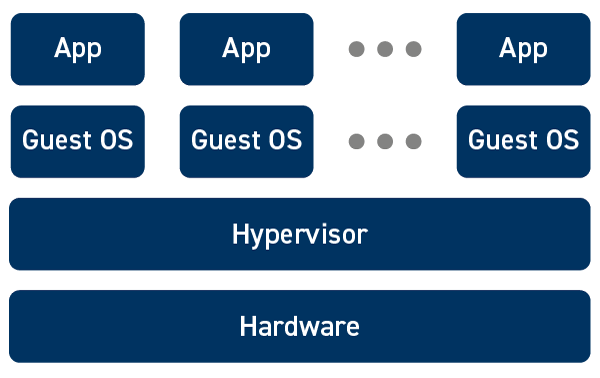
Tightening Requirements for Tier 1s
Many of today’s vehicle ECUs are exceptionally complex, with some software coming from third parties or being reused from earlier projects. Code quickly becomes unmanageable when coupled with multicore processors and virtual machines (VMs). Many of these issues are linked to poorly defined or non-existent timing requirements.
INCHRON’s engineers draw upon their decades of experience across a range of automotive projects to help Tier 1s better engineer their project’s requirements. This ranges from high to low level and highlights actual and potential issues earlier, providing time to investigate or discuss ambiguities with the OEM and other suppliers.
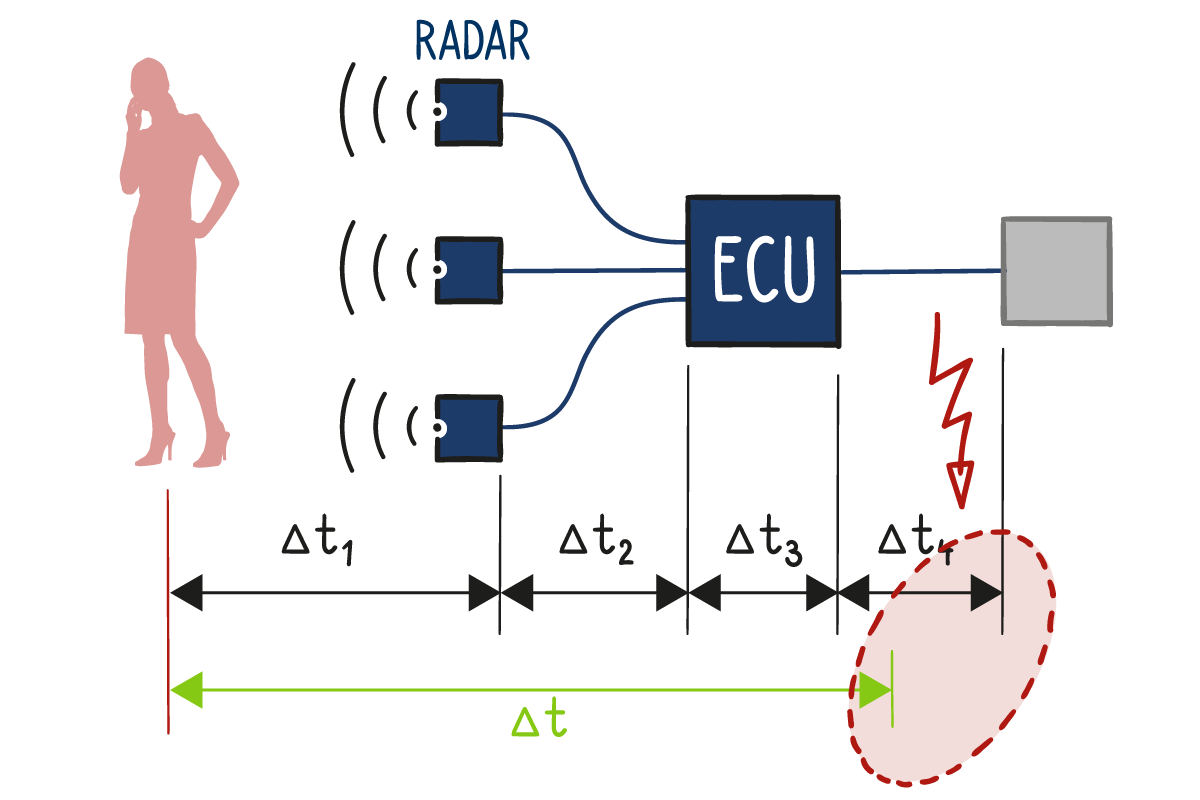
Requirements as the basis for every development stage
Ambiguity poses the greatest risk to automotive software development. Traditionally, requirements documentation has focused heavily on functionality, as has testing.
However, many of the most challenging software issues that arise during integration testing are linked to temporal problems. These range from runnables or interrupts taking longer to execute in corner-case conditions to the loss of single sensor data samples as there was not enough time to process them.
Requirements engineering adds this temporal aspect to your project, providing early insight into such issues and allowing your team to resolve them before they embed themselves in your code.
USE CASE: ECU Performance Monitoring
How much more functionality can your automotive ECU support? What impact would moving code from one core to another have? And has your latest code release introduced potential corner-case failures?
INCHRON’s ECU Performance Monitoring service regularly analyzes your ECU’s trace data to ensure that potential performance issues are flagged and can be resolved when they arise.
For more information, take a look here.
Preempt time-related failures –
deliver to SoP
Streamlined Requirement Management:
Alleviates the burden of manually tracking timing and performance requirements, reducing the risk of misunderstanding their intent.
Risk Mitigation:
Avoids non-compliance and system failure through validation and verification of timing and performance requirements, safeguarding project timelines and budgets.
Enhanced System Reliability:
Identifies critical event chain paths and bottlenecks that could impact system reliability, addressing them early in the development process.
Improved Stakeholder Communication:
Using comprehensive timing and performance requirements documentation ensures alignment and understanding across multiple stakeholders and teams.
Compliance Assurance:
Fulfill relevant guidelines and specifications using industry best practices, thereby improving confidence in automotive software reliability and quality.
Optimized Resource Utilization:
Minimize time and money spent on task forces to resolve complex timing-related issues, reducing costs and improving overall project efficiency.
Competitive Advantage:
Gain a competitive advantage as a reliable supplier of highly complex automotive systems that are delivered to SoP and implement the features agreed upon.
“[using real-time requirements] made it possible to evaluate different solution alternatives with a high degree of automation in the early phase of E/E architecture development.”
Dr. Philipp Obergfell, BMW Group, Munich
Service Process

Initial Consultation

Requirements Review

Stakeholder Interviews

Regular Requirements
Reporting
Working Alongside Your Team
Requirement Elicitation:
Collates requirements from all stakeholders through workshops, interviews, and surveys.
Requirement Analysis:
Prioritizes requirements while resolving conflicts to ensure they are clear, consistent, and technically feasible.
Requirement Specification:
Formal documentation of use cases, user stories, and (non-)functional requirements with a focus on real-time constraints.
Requirement Validation:
Feasibility study of constraints in accordance with stakeholder expectations.
Requirement Management:
Handles changes to requirements throughout the development lifecycle.
Documentation and Communication:
Ensures stakeholders are regularly informed of changes in requirements.



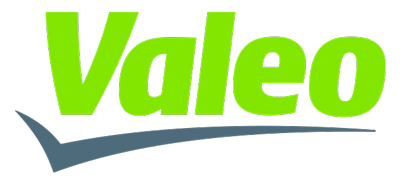
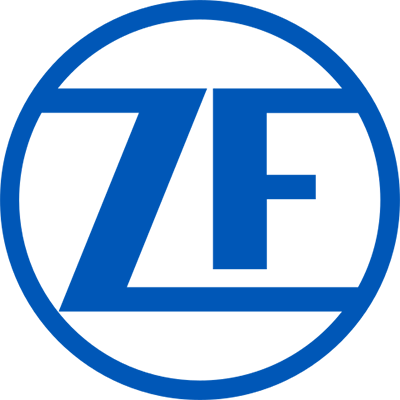
Service Process
Having performed a stakeholder analysis and clarified all use cases, an enhanced requirements document is created. This includes all relevant timing information, including timing diagrams, activity charts, and other visuals illustrating event-chain-specific timing requirements.
The enhanced documentation also includes specific Key Performance Indicators (KPIs), which include metrics for end-to-end timing, data synchronization, fault tolerance, and recovery time. Aspects such as resource utilization (CPU, memory, network bandwidth) are also included, facilitating their measurement and compliance with these requirements.
“INCHRON enables Valeo to … define the integration requirements for derived projects and ensure correct timing behavior.”
Frieder Heckmann, Valeo Schalter und Sensoren GmbH, Architect ADAS
Frequently Asked Questions (FAQ)
What information and data will my team need to provide?
Every project is different, as is the list of information required. We start wherever you are, at whatever stage your project has reached. However, there are some key activities we’ll need to initiate in order to provide support. These include reviewing your project documentation and undertaking interviews with project stakeholders.
How long will you support my project?
Ideally, we’ll support your project from the moment it starts until support is no longer required. However, we’re able to jump at almost any time. Project support typically ends when your ECU starts production (SoP). But, with the changing demands of the automotive industry, we are sometimes requested to continue providing support after SoP, helping with software updates and the addition of new features.
How are changes to requirements handled over the course of a project?
Reporting with recommended changes to requirements typically occurs on a monthly basis once INCHRON is involved in your project. More regular updates may be possible and necessary, depending on the project’s status at its various stages.
My project has already started. Can you still help me?
While being involved in an automotive software project from the beginning is advantageous, we understand that this is not always possible. Thus, we’re able to join and support your team whenever the need arises.

Get in Touch
If you’re looking for support with requirements engineering for your automotive software or ECU development project, use the form below to get in touch.

